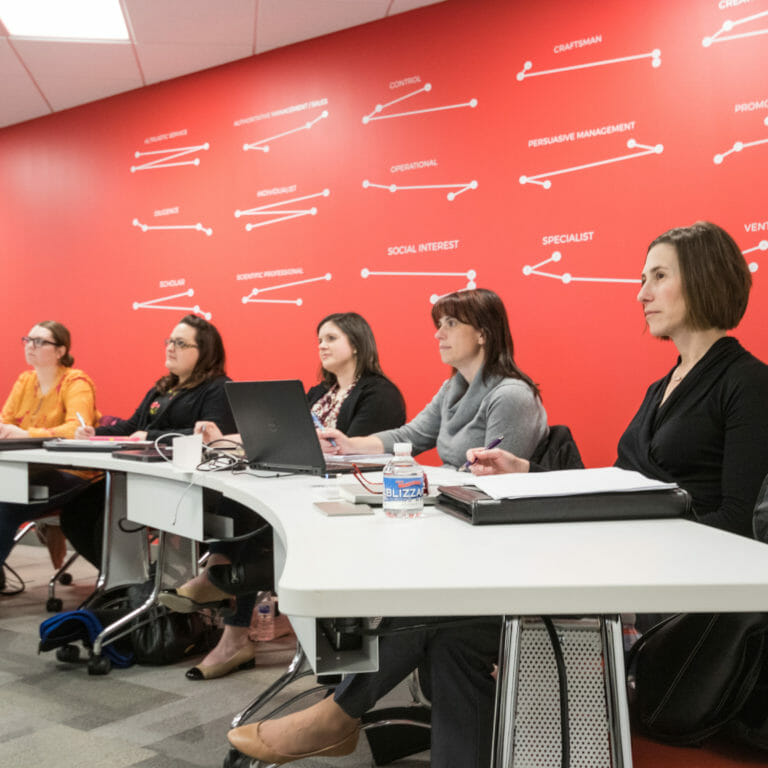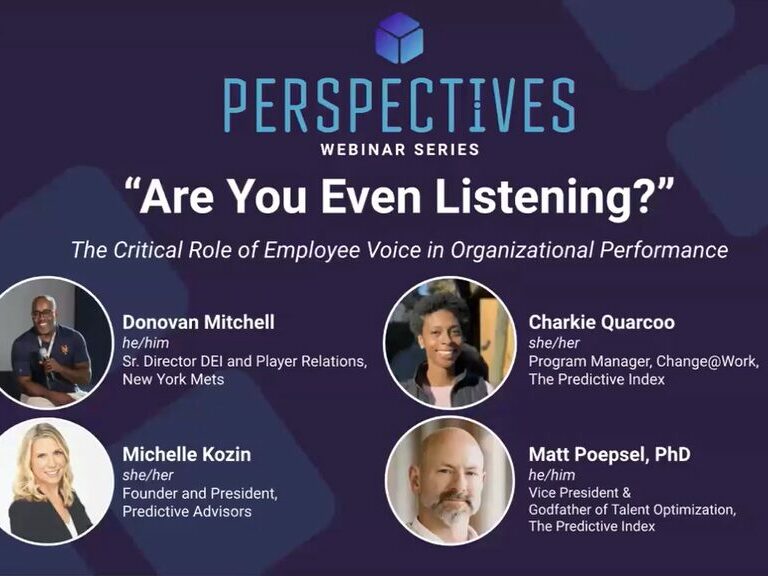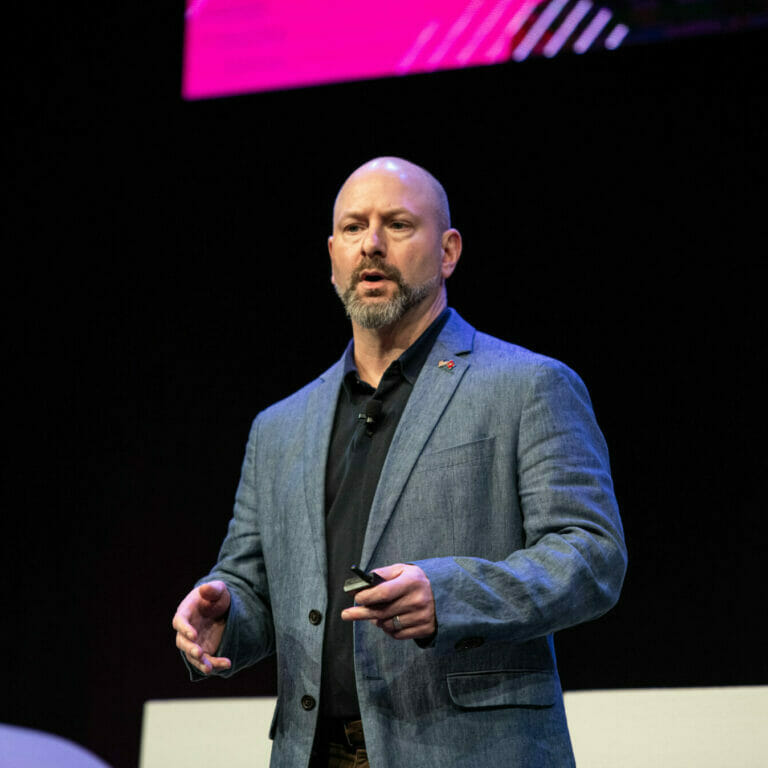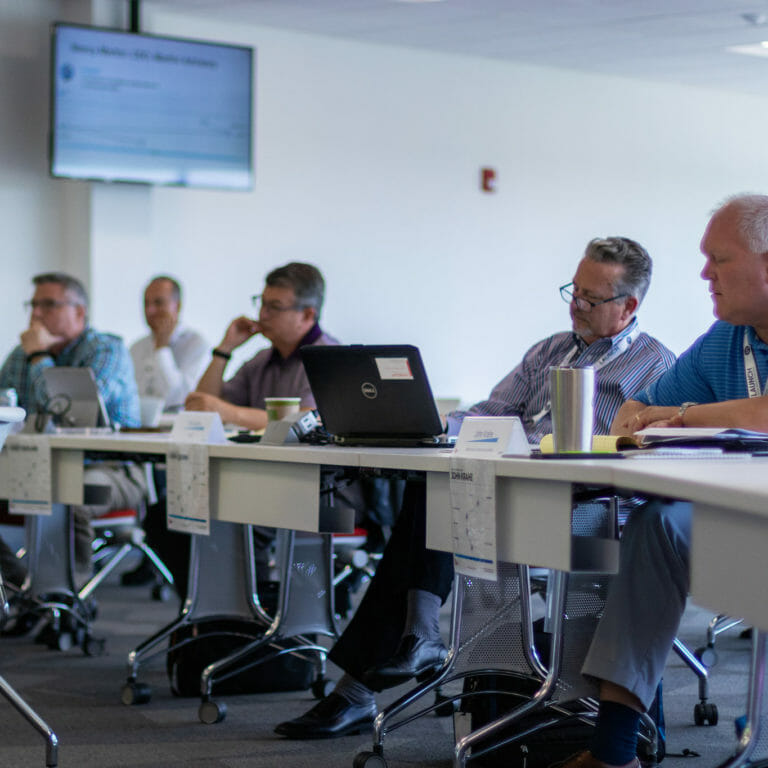
Making time for leadership
There’s a natural rhythm to work – from our five-year plans to our jam-packed workdays and everything in between.

There’s a natural rhythm to work – from our five-year plans to our jam-packed workdays and everything in between.

Over time, I’ve learned to not only recognize key differences among my co-workers, but to appreciate them as a result. I love to celebrate others’ preferences!

In many organizations, the work dominates the agenda of most meetings. But as leaders, we must also make time for people-related matters.

It’s often said that “leaders are readers.” Leadership is a complex discipline, so this is great advice. If you want to feel confident and be recognized as a next-level leader, you simply have to study the craft.

With the rise of remote and hybrid workplaces, along with the growing share of employees demanding deeper connections, greater recognition, and a sense of shared purpose from their job than ever before, more organizations are realizing the value and importance of the simple one-on-one.

Millions of workers are fed up, burned out, and switched off. They want to share their experiences in the hopes that we’ll take action. But are we actually hearing what they have to say?

Whether you’re a seasoned pro or a relatively new leader, you can turn to well-established leadership essentials to identify important gaps, and guide your future development. Use this worksheet to further your own journey of self-improvement.

The results are in. We posed a series of poll questions to the LinkedIn community, trying to take the pulse of end-of-year priorities and productivity, and the answers revealed a range of approaches.

Few tasks test the skills and qualities of a leader as thoroughly as change. Leaders need to not only understand how their role can influence their organization’s change management plan, but also what they can do to successfully shepherd their teams and employees through it.

One of the secrets of today’s most agile organizations: Instead of spending time preparing for what they think might happen, they put their energy toward anticipating and managing change of any kind.

Great leaders aren’t born – they’re developed and molded. It takes a good deal of training, trial and error, and some well-earned experience (not to mention a willingness to continually learn).

Employees who report to effective managers are over 15 times more likely to be high performers. They’re also more than three times more likely to stay at their job.

What does it take to be an effective manager? It’s a question many in the management field have been asking, with increasing urgency, over the past few years.

What is a good leader actually doing that makes them so effective? Although good leadership is certainly a talent, it can still be taught and developed.